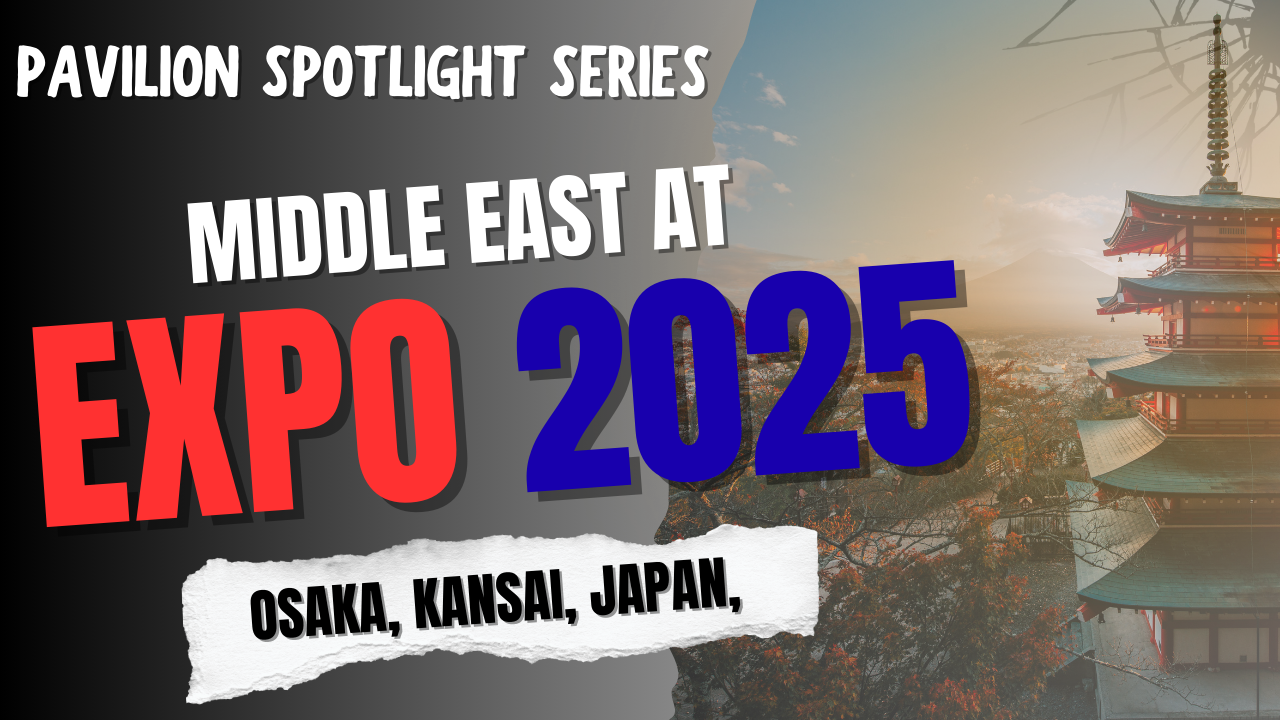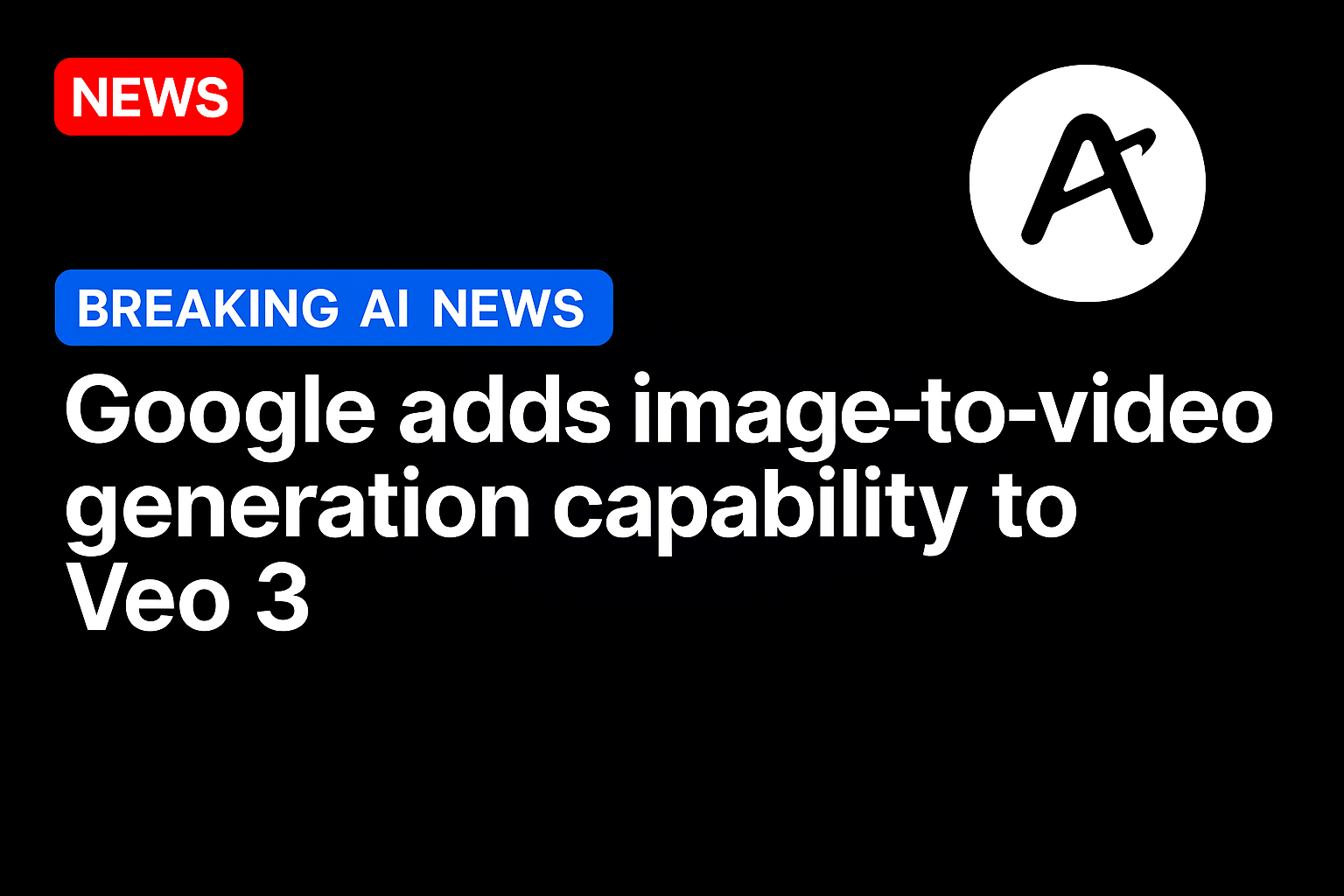The Middle East’s presence at Expo 2025 Osaka is both ancient and futuristic. Drawing on desert traditions, Islamic art, and urban megaprojects, the region’s pavilions present themselves as laboratories of transformation. From oil economies diversifying into clean energy, to cultural legacies reframed for global dialogue, the Middle East arrives in Osaka with confidence.
Bahrain: Islands of Innovation
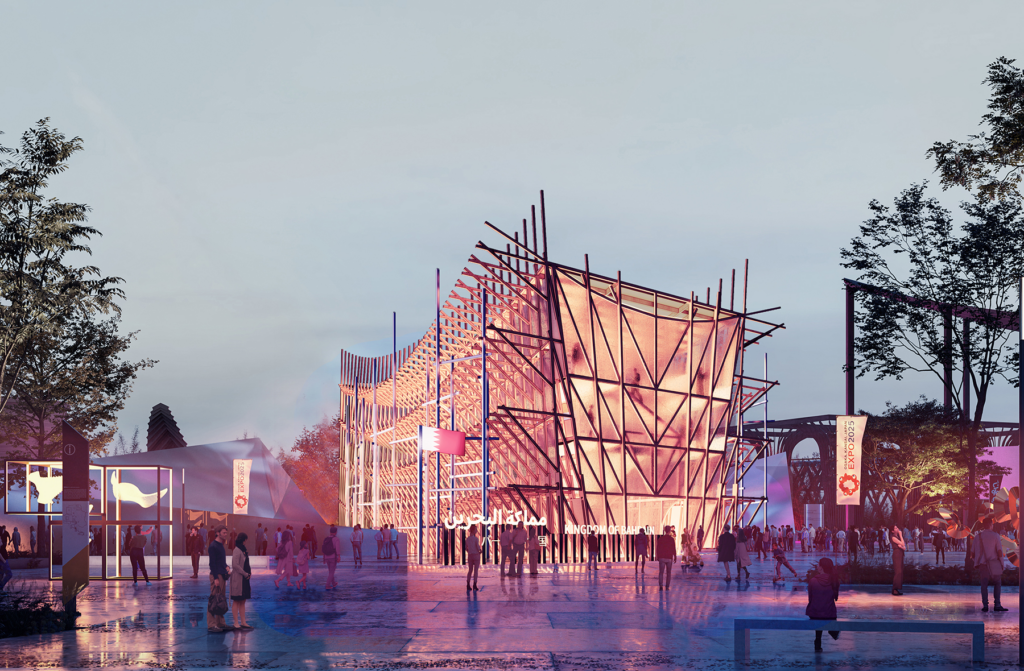
Bahrain’s pavilion is inspired by its island identity — small in geography, large in ambition. It highlights marine conservation, fintech, and energy diversification, reflecting Bahrain’s position as both a cultural crossroads and an economic innovator in the Gulf.
Kuwait: Oil Legacy, Green Future
Kuwait’s design balances heritage and vision. Traditional geometric patterns and desert motifs are juxtaposed with exhibits on renewable energy, education, and youth-led innovation. The message is clear: a nation once defined by oil is reimagining itself for a post-oil world.
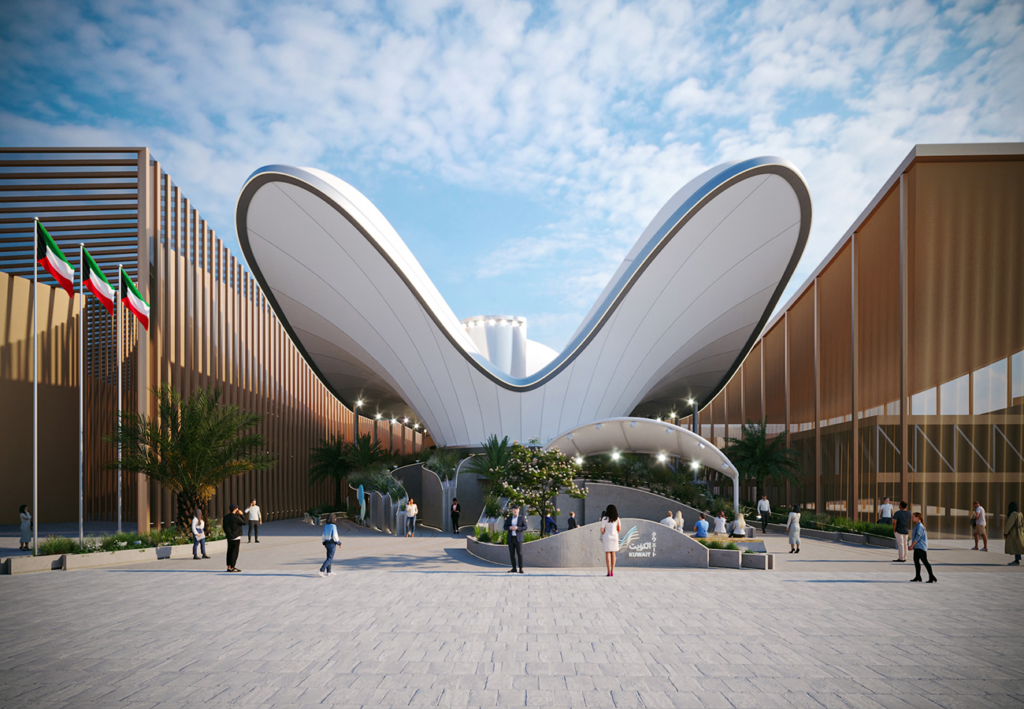
Saudi Arabia: Vision 2030 in Architectural Form

Saudi Arabia’s pavilion is bold and immersive, echoing the scale of its Vision 2030 transformation plan. Through cutting-edge digital experiences, it showcases Neom’s futuristic cities, green hydrogen projects, and cultural revival. Visitors step into a narrative of ambition: a desert kingdom reinventing itself as a hub of technology, tourism, and sustainability.
Jordan: Legacy as Living Diplomacy
Jordan’s pavilion draws on its rich archaeological heritage — think Petra-inspired structures and Bedouin motifs — but places diplomacy and culture at its center. Exhibits focus on water scarcity solutions, cultural tourism, and regional cooperation, positioning Jordan as a voice of stability and bridge-building in turbulent times.
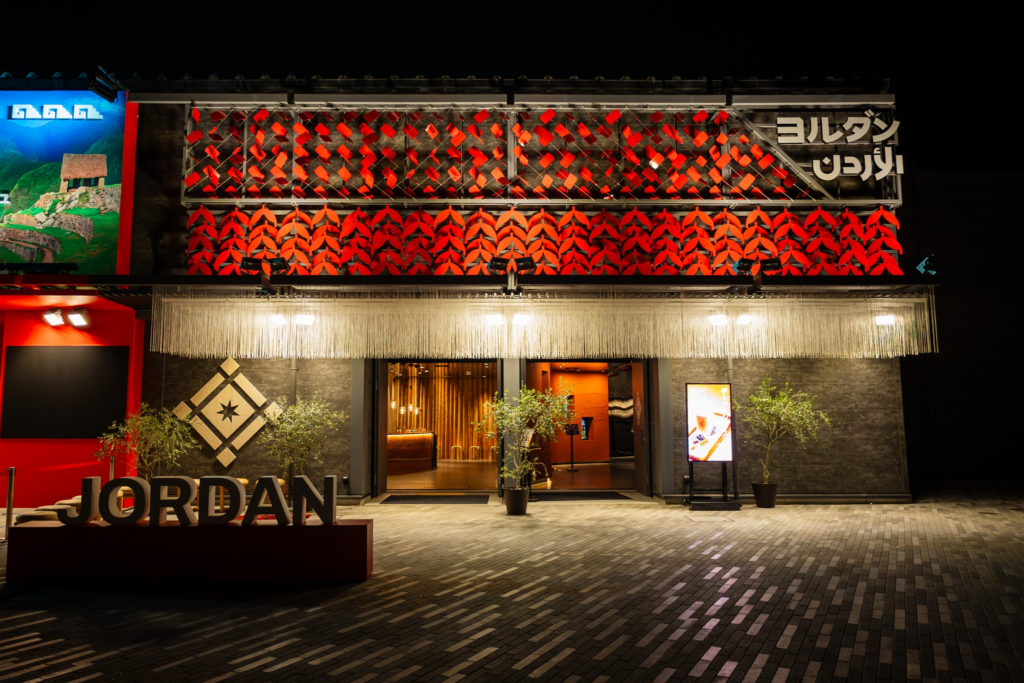
Oman: Maritime Heritage Meets Innovation

Oman’s pavilion celebrates the sea as much as the desert. Inspired by dhow sails and coastal trade, the design highlights marine biodiversity, renewable energy, and heritage crafts. Oman positions itself as both a steward of tradition and a forward-looking hub for ecological balance.
Qatar: Desert as Design Laboratory
Qatar’s pavilion reframes the desert as a stage for innovation. Inside, visitors explore smart urbanism, education, and sports diplomacy (echoing the legacy of the 2022 World Cup). Its architecture reflects desert geometry and sustainability — showing how arid landscapes can inspire livable futures.

United Arab Emirates: The Desert Dream Reimagined

Fresh from its triumph at Expo 2020 Dubai, the UAE enters Osaka with momentum. Its pavilion juxtaposes Bedouin heritage — sand, falcons, and hospitality — with space exploration, AI, and renewable megaprojects. It is both grounded and skyward, reflecting the UAE’s dual identity as custodian of tradition and architect of futuristic cities.
Shared Themes Across the Middle East
- Heritage as Anchor: Islamic art, desert motifs, and coastal heritage ground each pavilion.
- Energy Transition: From Saudi hydrogen to Kuwaiti renewables, the region is signaling a post-oil pivot.
- Future Cities: UAE’s Mars ambitions and Saudi’s Neom are not just national projects — they’re global spectacles.
Why the Middle East Matters at Osaka
The Middle East’s pavilions are not only national showcases but also strategic narratives. They present a region often stereotyped by conflict through a different lens: one of creativity, resilience, and reinvention.
For visitors, these pavilions will feel like stepping into visions of the desert transformed into cities of the future — a reminder that some of humanity’s boldest experiments are emerging from the sands.


